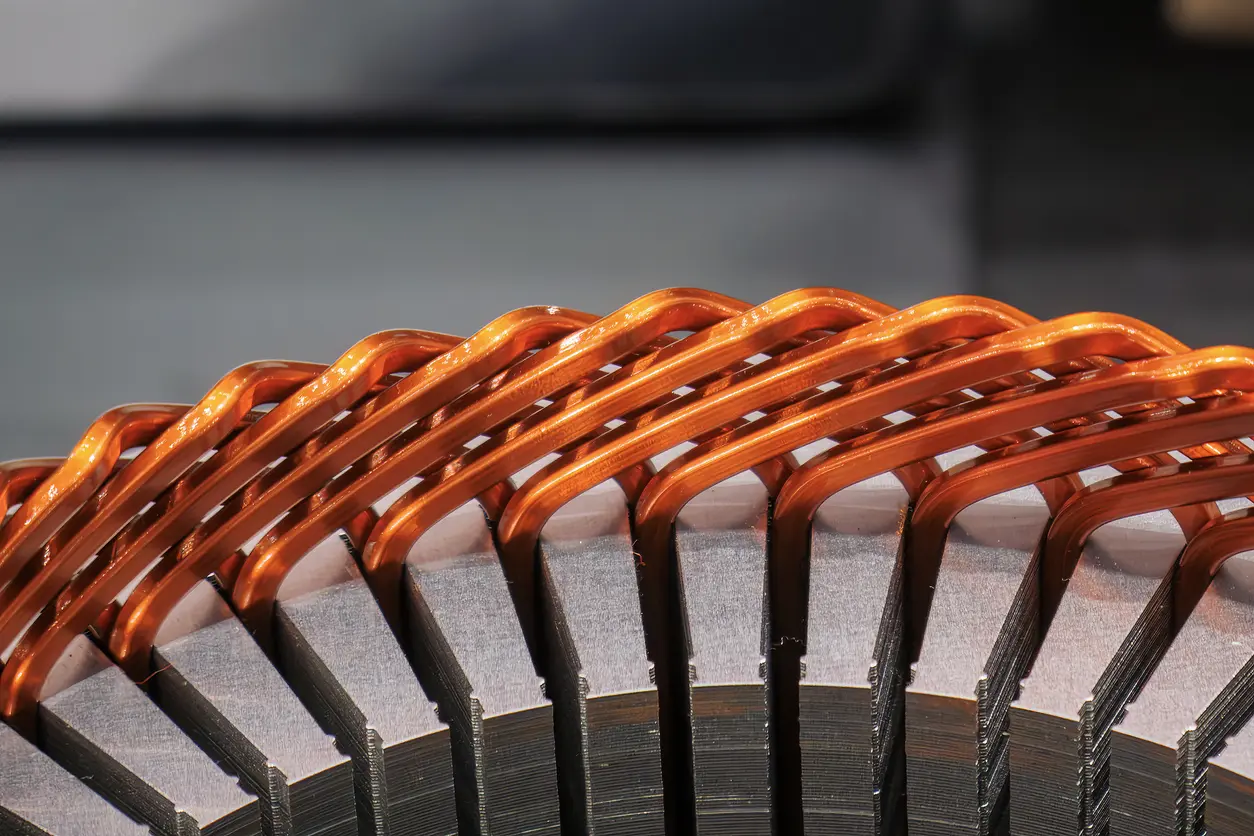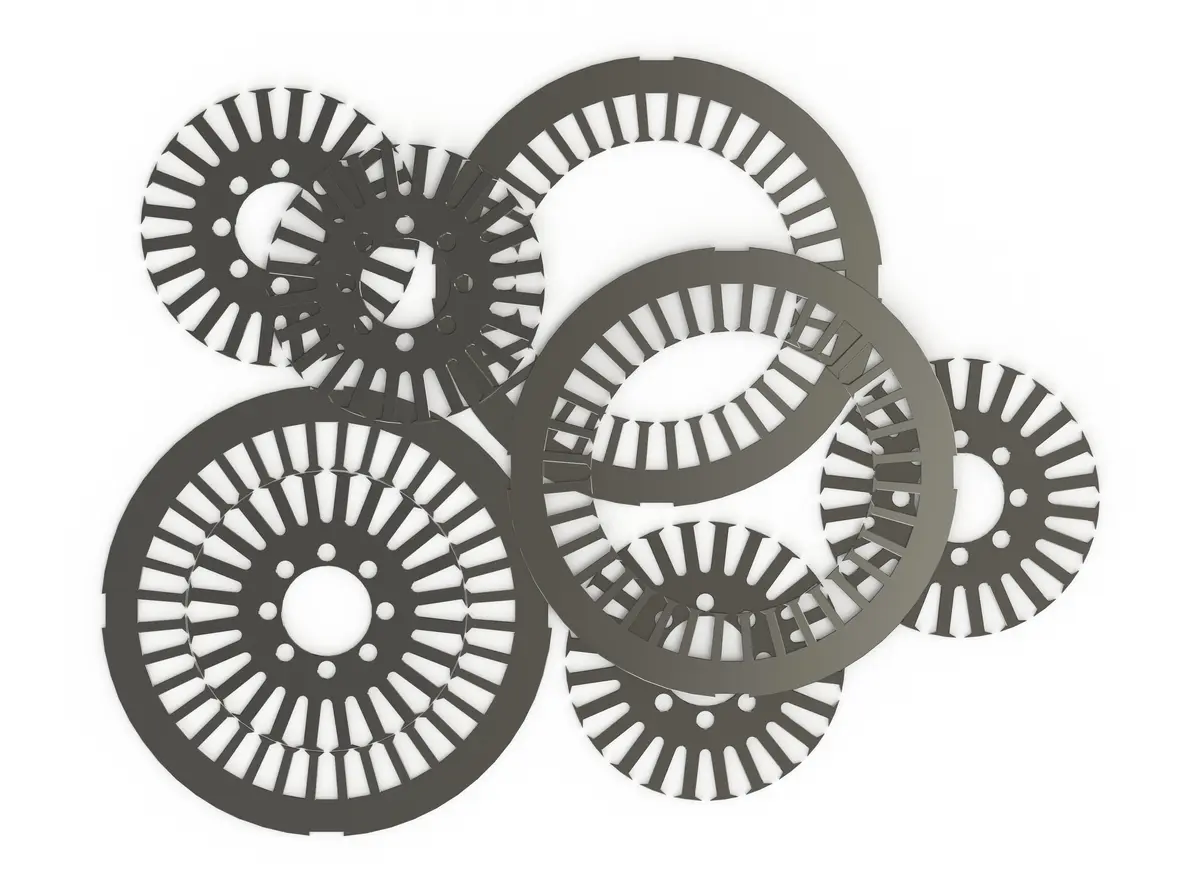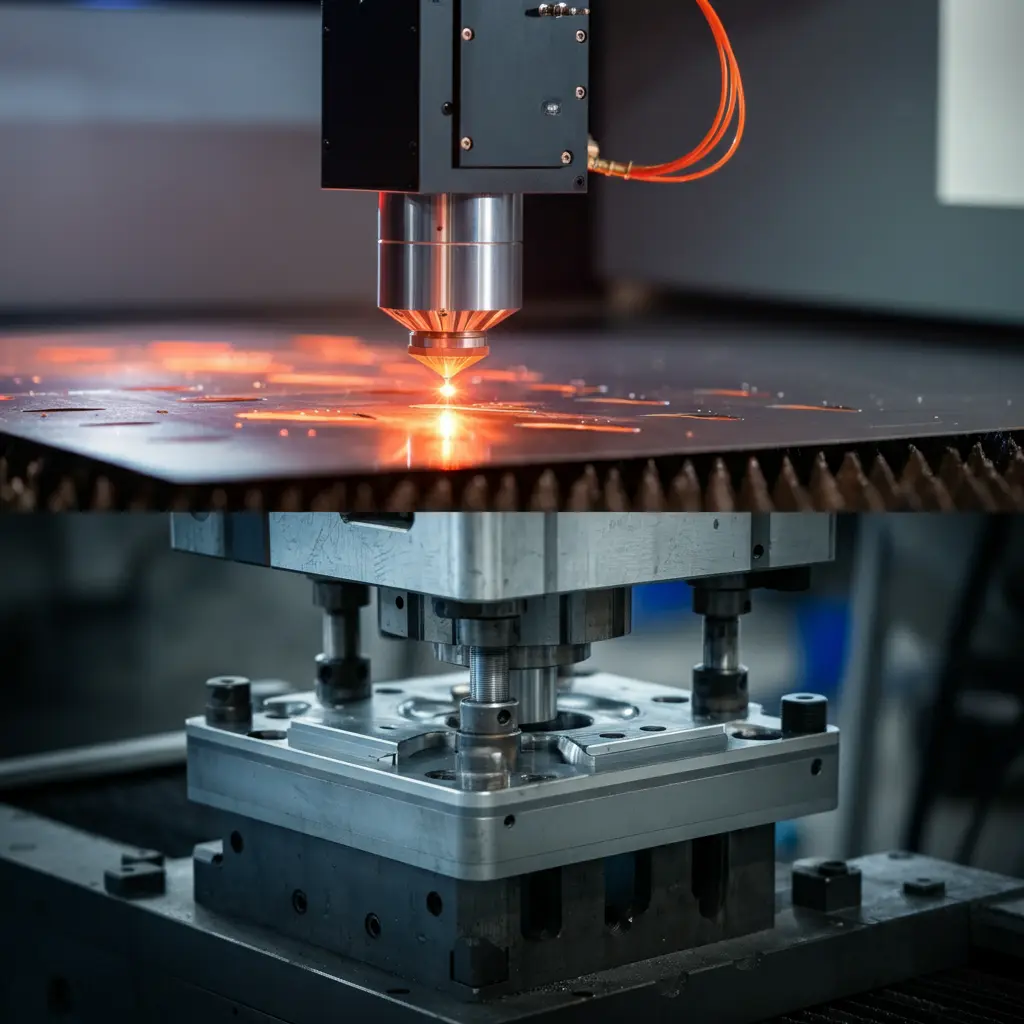1. Introduction
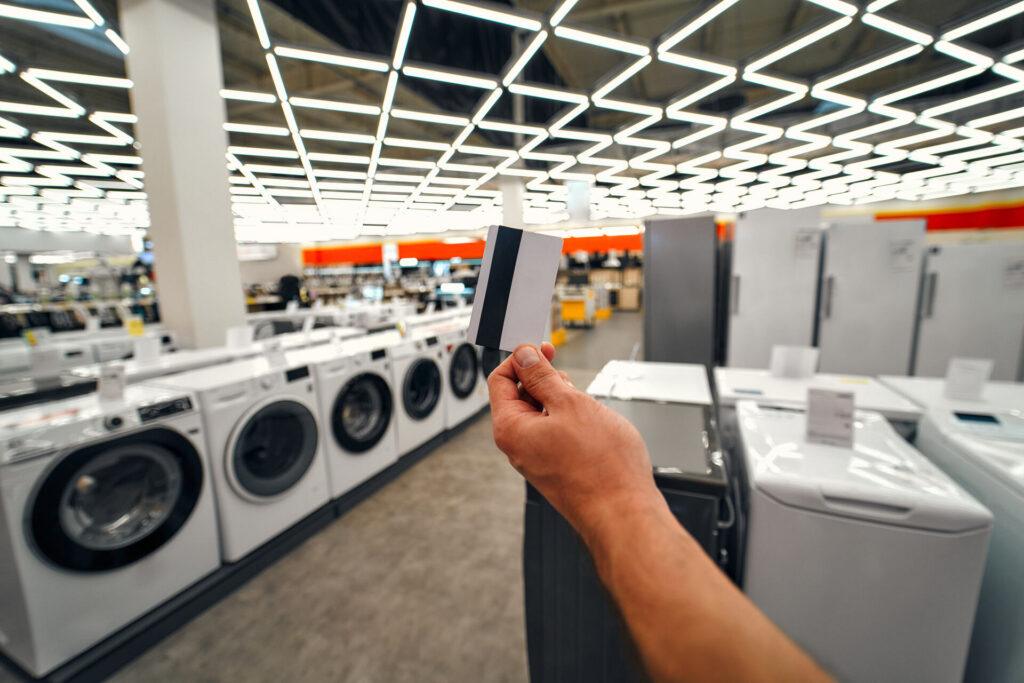
1.1 Overview of Household Appliances and Energy Efficiency
Household appliances have become indispensable in modern homes, simplifying daily tasks and improving the quality of life. From refrigerators and washing machines to air conditioners and dishwashers, these appliances rely on electricity to operate. As energy consumption rises, there has been a growing emphasis on energy-efficient appliances to reduce both environmental impact and electricity costs for consumers. This is especially important as many countries are implementing stricter energy regulations to combat climate change.
At the heart of energy-efficient household appliances lies one critical component: the electric motor core. Electric motor cores are the key elements that convert electrical energy into mechanical energy, enabling the appliance to perform its designated function—whether it’s cooling, heating, washing, or vacuuming. A well-designed motor core not only enhances the performance of an appliance but also significantly reduces its energy consumption.
1.2 The Growing Demand for Energy-Efficient Appliances
The demand for energy-efficient household appliances has surged in recent years, driven by several factors. Consumers are increasingly aware of the environmental impact of energy consumption and are opting for greener choices. Energy-efficient appliances help reduce electricity bills, an appealing benefit to cost-conscious homeowners. In fact, a report by the U.S. Energy Information Administration (EIA) indicates that energy-efficient appliances can reduce household electricity use by up to 30%.
Moreover, government initiatives such as the Energy Star program in the U.S. and the European Union’s Energy Label have incentivized manufacturers to produce appliances that meet strict efficiency criteria. Electric motor cores play a crucial role in helping appliances meet these standards by optimizing performance while consuming less power. By investing in appliances with high-quality electric motor cores, consumers can contribute to a more sustainable future while enjoying cost savings and superior appliance performance.
2. What Are Electric Motor Cores?
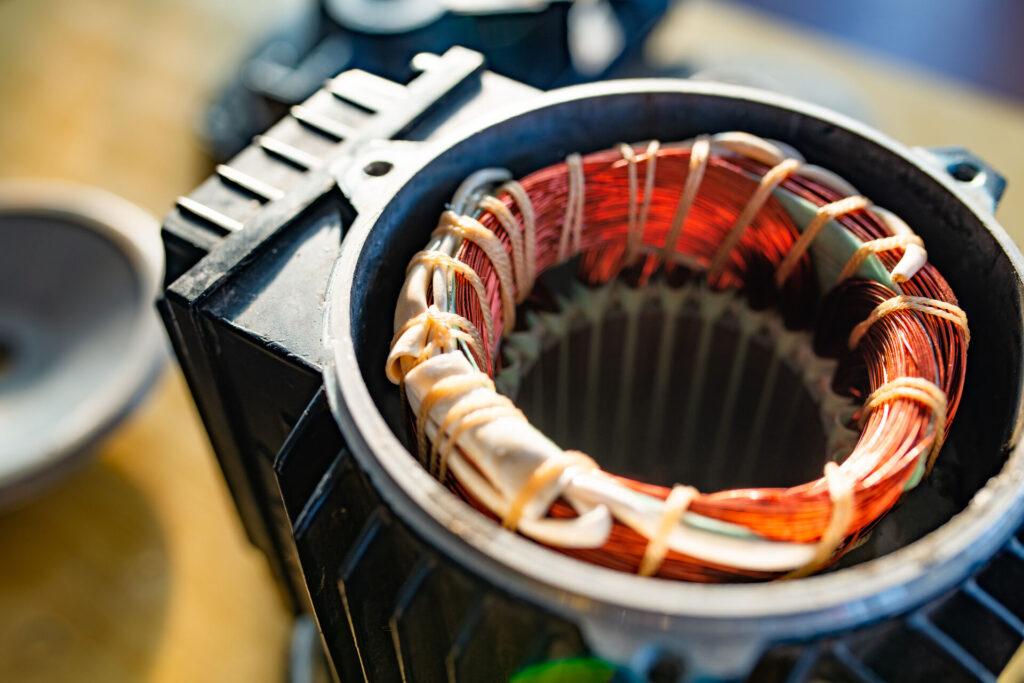
2.1 Components and Function of Electric Motor Cores
An electric motor core is the central component of an electric motor, crucial in converting electrical energy into mechanical energy. The core consists of several key elements, including the stator, rotor, and laminations:
- Stator: This is the stationary part of the motor and typically consists of a set of windings made from insulated copper or aluminum wire. When an electric current passes through these windings, it creates a magnetic field.
- Rotor: Located within the stator, the rotor is the moving part of the motor. It is usually made of a laminated iron core with conductive bars made from copper or aluminum. The rotor turns as the magnetic field generated by the stator interacts with the rotor’s magnetic field, producing torque that drives the mechanical action of the appliance.
- Laminations: The stator and rotor cores are made up of thin steel laminations stacked together. These laminations reduce energy losses due to eddy currents, improving the motor’s efficiency.
The motor core’s design is essential for the motor’s overall efficiency. High-quality materials and precise engineering of these components ensure minimal energy loss, optimal performance, and longer life for the motor and the appliance it powers.
2.2 How Motor Core Quality Impacts Appliance Performance
The quality of the electric motor core directly impacts the performance and energy efficiency of household appliances. High-quality motor cores are designed to maximize magnetic efficiency while minimizing energy losses. This efficiency translates into lower power consumption, which is critical for appliances that run continuously, such as refrigerators and air conditioners.
For instance, a well-constructed motor core with high-grade laminations and optimal winding configurations will generate less heat and operate more smoothly. This reduces wear and tear on the motor, leading to a longer appliance lifespan and fewer maintenance issues. Furthermore, efficient motor cores contribute to quieter operation, an important feature for household appliances used daily.
On the other hand, poor-quality motor cores can lead to significant energy losses due to increased resistance, higher operating temperatures, and mechanical inefficiencies. This not only increases energy consumption but also shortens the life of the appliance. Thus, the investment in high-quality electric motor cores is critical for manufacturers aiming to produce top-tier, energy-efficient household appliances that meet consumer expectations and regulatory standards.
3. The Role of Electric Motor Cores in Key Household Appliances
3.1 Refrigerators and Freezers
Electric motor cores are crucial in powering the compressors of refrigerators and freezers, which regulate cooling. High-quality motor cores ensure energy-efficient compression of refrigerants, resulting in reduced electricity consumption while maintaining consistent cooling performance. This is especially beneficial for appliances that run continuously, translating to significant energy savings over time.
3.2 Washing Machines and Dryers
In washing machines and dryers, motor cores drive drum rotation, enabling efficient cleaning and drying. Advanced motor cores provide strong torque while minimizing energy use, especially with variable speed controls that optimize water and electricity consumption. Efficient motor cores also help reduce wear and tear, prolonging the lifespan of these appliances.
3.3 Air Conditioners and HVAC Systems
Air conditioners and HVAC systems rely on motor cores to power compressors and fans. Efficient motor cores reduce energy consumption by optimizing refrigerant compression and air circulation. This results in lower electricity bills while maintaining comfort during peak usage periods, such as summer months.
3.4 Dishwashers
Motor cores in dishwashers power water circulation and spray arms, ensuring effective cleaning with minimal energy. High-performance motor cores improve water flow, helping dishwashers meet energy efficiency standards without compromising on cleaning power.
3.5 Vacuum Cleaners and Smaller Appliances
In vacuum cleaners, motor cores provide the suction power necessary for effective cleaning while minimizing energy use. High-efficiency motor cores also contribute to quieter operation and longer-lasting performance. Similarly, smaller appliances like blenders and fans benefit from energy-efficient motor cores, delivering consistent performance with reduced electricity consumption.
4. Benefits of Energy-Efficient Electric Motor Cores in Appliances
4.1 Energy Savings and Cost Reduction
One of the most significant advantages of energy-efficient electric motor cores in household appliances is the substantial reduction in energy consumption. These motor cores are designed to maximize the conversion of electrical energy into mechanical energy, minimizing losses and ensuring that the appliance operates at optimal efficiency. For example, appliances such as washing machines, air conditioners, and refrigerators equipped with advanced motor cores, when certified by standards like Energy Star, can reduce energy usage by 10-30% compared to non-certified models, depending on the appliance and technology. For consumers, this translates into noticeable savings on their electricity bills over the lifespan of the appliance. Given that household appliances account for a large portion of residential electricity consumption, these savings can be substantial.
4.2 Environmental Impact and Sustainability
Energy-efficient electric motor cores also contribute significantly to environmental sustainability. By reducing the amount of electricity required to operate appliances, these motor cores help decrease greenhouse gas emissions generated by power plants, especially in regions where electricity is still largely produced from fossil fuels. In fact, research shows that energy-efficient appliances, powered by advanced motor cores, can lower a household’s carbon footprint by reducing electricity demand. This reduction aligns with global efforts to combat climate change and promotes a more sustainable approach to household energy use. Additionally, manufacturers that prioritize energy-efficient motor core technology are helping to meet increasingly stringent environmental regulations, further supporting global sustainability goals.
4.3 Longevity and Durability of Appliances
High-quality electric motor cores also improve the longevity and durability of household appliances. Motor cores designed with advanced materials and precision engineering experience less wear and tear, generate less heat, and maintain more consistent performance over time. This means that appliances equipped with superior motor cores require fewer repairs and have a longer operational life. In the long run, this reduces the total cost of ownership for consumers, as they can avoid frequent replacements and enjoy reliable performance for years. Moreover, with longer-lasting appliances, there is less electronic waste, contributing to a more sustainable life cycle for household products.
5. Future Trends in Electric Motor Cores and Household Appliances
5.1 Innovations in Motor Core Technology
As the demand for energy-efficient household appliances grows, so does the need for more advanced electric motor core technologies. One key trend is the development of high-efficiency motor cores that utilize superior materials such as silicon steel, which has lower electrical losses due to its enhanced magnetic properties. These advanced materials help reduce eddy currents and hysteresis losses, leading to more efficient motors. Additionally, the trend toward thin laminations—stacked layers of steel within the motor core—further reduces energy losses and improves performance. This makes modern electric motors lighter, quieter, and more efficient, ideal for smaller and more compact appliances.
Another emerging trend is the shift to permanent magnet motors, which eliminate the need for external excitation sources and reduce energy consumption significantly. These motors, using rare-earth magnets such as neodymium, offer improved torque and efficiency compared to traditional motors. Manufacturers are increasingly adopting this technology for household appliances like washing machines, HVAC systems, and more.
5.2 The Role of Electric Motor Cores in Smart Home Appliances
With the rise of smart home technology, electric motor cores are being designed to work seamlessly with AI and IoT-enabled appliances. These smart appliances can communicate with home networks, allowing for more precise control and optimization of motor performance. For example, smart washing machines can adjust their motor speeds dynamically based on load size, fabric type, and user preferences, leading to optimized energy consumption.
Moreover, predictive maintenance is becoming a growing trend in smart appliances. By monitoring the performance of motor cores in real-time, sensors embedded in smart appliances can detect potential issues before they lead to costly repairs. This not only increases the longevity of the appliance but also ensures that it operates at peak efficiency throughout its lifecycle.
As these trends continue to develop, electric motor cores will remain a critical component in enabling more intelligent, efficient, and sustainable household appliances. This evolution in technology positions motor cores as a cornerstone of future innovations in the home appliance industry.
6. Conclusion
6.1 Recap of the Importance of Electric Motor Cores in Energy-Efficient Appliances
Electric motor cores are at the heart of energy-efficient household appliances, playing a vital role in reducing energy consumption, improving performance, and extending the lifespan of various devices. From refrigerators and washing machines to air conditioners and vacuum cleaners, the quality of the motor core directly impacts how efficiently these appliances can convert electrical energy into mechanical power. As a result, high-quality motor cores help appliances operate more effectively while significantly lowering electricity bills for consumers.
In addition to energy savings, efficient motor cores also reduce the environmental footprint of appliances by lowering the demand for electricity. This contributes to global efforts to mitigate climate change, as more energy-efficient appliances mean less reliance on power plants—especially those using fossil fuels—which in turn leads to a reduction in greenhouse gas emissions.
As the demand for more energy-efficient and environmentally friendly appliances grows, manufacturers must stay ahead by investing in top-quality motor cores. Our company is at the forefront of this innovation, providing cutting-edge electric motor cores that maximize efficiency, reliability, and sustainability. We understand the unique challenges faced by appliance manufacturers and are committed to helping them meet the rising deman1. Introduction
1.1 Overview of Household Appliances and Energy Efficiency
Household appliances have become indispensable in modern homes, simplifying daily tasks and improving the quality of life. From refrigerators and washing machines to air conditioners and dishwashers, these appliances rely on electricity to operate. As energy consumption rises, there has been a growing emphasis on appliances that reduce both environmental impact and electricity costs for consumers. This is especially important as many countries are implementing stricter energy regulations to combat climate change.
At the heart of efficient household appliances lies one critical component: the electric motor core. Electric motor cores are the key elements that convert electrical energy into mechanical energy, enabling the appliance to perform its designated function—whether it’s cooling, heating, washing, or vacuuming. A well-designed motor core not only enhances the performance of an appliance but also significantly reduces its energy consumption.
1.2 The Growing Demand for Efficient Appliances
The demand for efficient household appliances has surged in recent years, driven by several factors. Consumers are increasingly aware of the environmental impact of energy consumption and are opting for greener choices. Efficient appliances help reduce electricity bills, an appealing benefit to cost-conscious homeowners. In fact, a report by the U.S. Energy Information Administration (EIA) indicates that efficient appliances can reduce household electricity use by up to 30%.
Moreover, government initiatives such as the Energy Star program in the U.S. and the European Union’s Energy Label have incentivized manufacturers to produce appliances that meet strict efficiency criteria. Electric motor cores play a crucial role in helping appliances meet these standards by optimizing performance while consuming less power. By investing in appliances with high-quality electric motor cores, consumers can contribute to a more sustainable future while enjoying cost savings and superior appliance performance.
2. What Are Electric Motor Cores?
2.1 Components and Function of Electric Motor Cores
An electric motor core is the central component of an electric motor, crucial in converting electrical energy into mechanical energy. The core consists of several key elements, including the stator, rotor, and laminations:
- Stator: This is the stationary part of the motor and typically consists of a set of windings made from insulated copper or aluminum wire. When an electric current passes through these windings, it creates a magnetic field.
- Rotor: Located within the stator, the rotor is the moving part of the motor. It is usually made of a laminated iron core with conductive bars made from copper or aluminum. The rotor turns as the magnetic field generated by the stator interacts with the rotor’s magnetic field, producing torque that drives the mechanical action of the appliance.
- Laminations: The stator and rotor cores are made up of thin steel laminations stacked together. These laminations reduce energy losses due to eddy currents, improving the motor’s efficiency.
The motor core’s design is essential for the motor’s overall efficiency. High-quality materials and precise engineering of these components ensure minimal energy loss, optimal performance, and longer life for the motor and the appliance it powers.
2.2 How Motor Core Quality Impacts Appliance Performance
The quality of the electric motor core directly impacts the performance and efficiency of household appliances. High-quality motor cores are designed to maximize magnetic efficiency while minimizing energy losses. This efficiency translates into lower power consumption, which is critical for appliances that run continuously, such as refrigerators and air conditioners.
For instance, a well-constructed motor core with high-grade laminations and optimal winding configurations will generate less heat and operate more smoothly. This reduces wear and tear on the motor, leading to a longer appliance lifespan and fewer maintenance issues. Furthermore, efficient motor cores contribute to quieter operation, an important feature for household appliances used daily.
On the other hand, poor-quality motor cores can lead to significant energy losses due to increased resistance, higher operating temperatures, and mechanical inefficiencies. This not only increases energy consumption but also shortens the life of the appliance. Thus, the investment in high-quality electric motor cores is critical for manufacturers aiming to produce top-tier, efficient household appliances that meet consumer expectations and regulatory standards.
3. The Role of Electric Motor Cores in Key Household Appliances
- Refrigerators and Freezers: Electric motor cores are crucial in powering the compressors of refrigerators and freezers, which regulate cooling. High-quality motor cores ensure efficient compression of refrigerants, resulting in reduced electricity consumption while maintaining consistent cooling performance. This is especially beneficial for appliances that run continuously, translating to significant energy savings over time.
- Washing Machines and Dryers: In washing machines and dryers, motor cores drive drum rotation, enabling efficient cleaning and drying. Advanced motor cores provide strong torque while minimizing energy use, especially with variable speed controls that optimize water and electricity consumption. Efficient motor cores also help reduce wear and tear, prolonging the lifespan of these appliances.
- Air Conditioners and HVAC Systems: Air conditioners and HVAC systems rely on motor cores to power compressors and fans. Efficient motor cores reduce energy consumption by optimizing refrigerant compression and air circulation. This results in lower electricity bills while maintaining comfort during peak usage periods, such as summer months.
- Dishwashers: Motor cores in dishwashers power water circulation and spray arms, ensuring effective cleaning with minimal energy. High-performance motor cores improve water flow, helping dishwashers meet efficiency standards without compromising on cleaning power.
- Vacuum Cleaners and Smaller Appliances: In vacuum cleaners, motor cores provide the suction power necessary for effective cleaning while minimizing energy use. High-efficiency motor cores also contribute to quieter operation and longer-lasting performance. Similarly, smaller appliances like blenders and fans benefit from efficient motor cores, delivering consistent performance with reduced electricity consumption.
4. Benefits of Efficient Electric Motor Cores in Appliances
- Energy Savings and Cost Reduction: One of the most significant advantages of efficient electric motor cores in household appliances is the substantial reduction in energy consumption. These motor cores are designed to maximize the conversion of electrical energy into mechanical energy, minimizing losses and ensuring that the appliance operates at optimal efficiency. For example, appliances such as washing machines, air conditioners, and refrigerators equipped with advanced motor cores, when certified by standards like Energy Star, can reduce energy usage by 10-30% compared to non-certified models, depending on the appliance and technology. For consumers, this translates into noticeable savings on their electricity bills over the lifespan of the appliance. Given that household appliances account for a large portion of residential electricity consumption, these savings can be substantial.
- Environmental Impact and Sustainability: Efficient electric motor cores also contribute significantly to environmental sustainability. By reducing the amount of electricity required to operate appliances, these motor cores help decrease greenhouse gas emissions generated by power plants, especially in regions where electricity is still largely produced from fossil fuels. In fact, research shows that efficient appliances, powered by advanced motor cores, can lower a household’s carbon footprint by reducing electricity demand. This reduction aligns with global efforts to combat climate change and promotes a more sustainable approach to household energy use. Additionally, manufacturers that prioritize efficient motor core technology are helping to meet increasingly stringent environmental regulations, further supporting global sustainability goals.
- Longevity and Durability of Appliances: High-quality electric motor cores also improve the longevity and durability of household appliances. Motor cores designed with advanced materials and precision engineering experience less wear and tear, generate less heat, and maintain more consistent performance over time. This means that appliances equipped with superior motor cores require fewer repairs and have a longer operational life. In the long run, this reduces the total cost of ownership for consumers, as they can avoid frequent replacements and enjoy reliable performance for years. Moreover, with longer-lasting appliances, there is less electronic waste, contributing to a more sustainable life cycle for household products.
5. Future Trends in Electric Motor Cores and Household Appliances
- Innovations in Motor Core Technology: As the demand for efficient household appliances grows, so does the need for more advanced electric motor core technologies. One key trend is the development of high-efficiency motor cores that utilize superior materials such as silicon steel, which has lower electrical losses due to its enhanced magnetic properties. These advanced materials help reduce eddy currents and hysteresis losses, leading to more efficient motors. Additionally, the trend toward thin laminations—stacked layers of steel within the motor core—further reduces energy losses and improves performance. This makes modern electric motors lighter, quieter, and more efficient, ideal for smaller and more compact appliances.
Another emerging trend is the shift to permanent magnet motors, which eliminate the need for external excitation sources and reduce energy consumption significantly. These motors, using rare-earth magnets such as neodymium, offer improved torque and efficiency compared to traditional motors. Manufacturers are increasingly adopting this technology for household appliances like washing machines, HVAC systems, and more. - The Role of Electric Motor Cores in Smart Home Appliances: With the rise of smart home technology, electric motor cores are being designed to work seamlessly with AI and IoT-enabled appliances. These smart appliances can communicate with home networks, allowing for more precise control and optimization of motor performance. For example, smart washing machines can adjust their motor speeds dynamically based on load size, fabric type, and user preferences, leading to optimized energy consumption.
Moreover, predictive maintenance is becoming a growing trend in smart appliances. By monitoring the performance of motor cores in real-time, sensors embedded in smart appliances can detect potential issues before they lead to costly repairs. This not only increases the longevity of the appliance but also ensures that it operates at peak efficiency throughout its lifecycle.
As these trends continue to develop, electric motor cores will remain a critical component in enabling more intelligent, efficient, and sustainable household appliances. This evolution in technology positions motor cores as a cornerstone of future innovations in the home appliance industry.
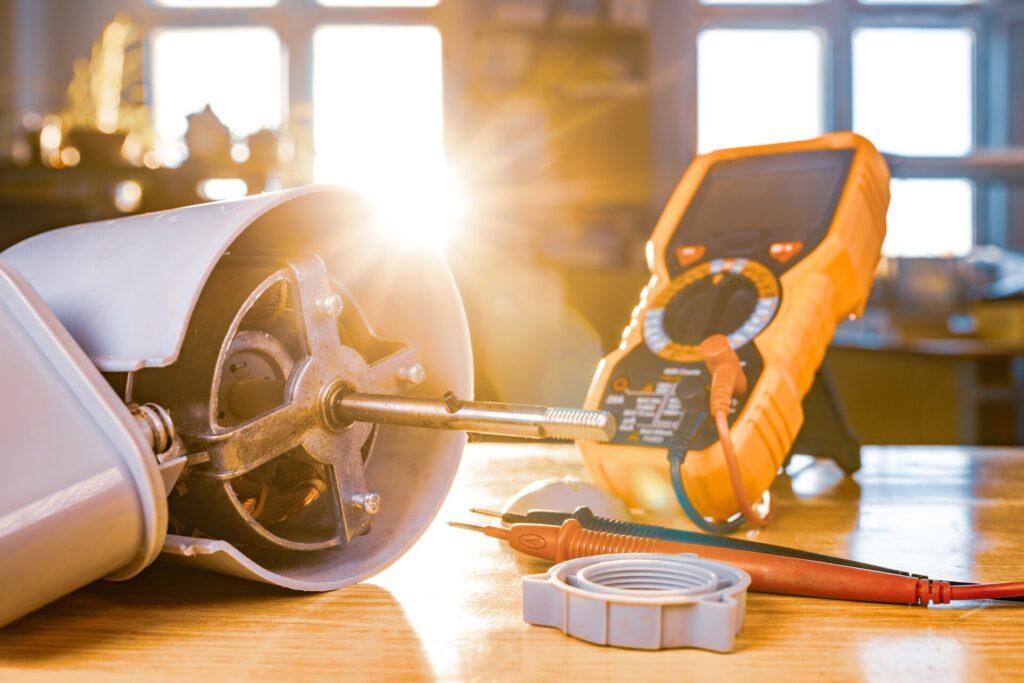
6. Conclusion
6.1 Recap of the Importance of Electric Motor Cores in Efficient Appliances
Electric motor cores are at the heart of efficient household appliances, playing a vital role in reducing energy consumption, improving performance, and extending the lifespan of various devices. From refrigerators and washing machines to air conditioners and vacuum cleaners, the quality of the motor core directly impacts how efficiently these appliances can convert electrical energy into mechanical power. As a result, high-quality motor cores help appliances operate more effectively while significantly lowering electricity bills for consumers.
In addition to energy savings, efficient motor cores also reduce the environmental footprint of appliances by lowering the demand for electricity. This contributes to global efforts to mitigate climate change, as more efficient appliances mean less reliance on power plants—especially those using fossil fuels—which in turn leads to a reduction in greenhouse gas emissions.
As the demand for more efficient and environmentally friendly appliances grows, manufacturers must stay ahead by investing in top-quality motor cores. Our company is at the forefront of this innovation, providing cutting-edge electric motor cores that maximize efficiency, reliability, and sustainability. We understand the unique challenges faced by appliance manufacturers and are committed to helping them meet the rising demand for eco-friendly and energy-saving solutions. Contact us today for more information for eco-friendly and energy-saving solutions. Contact us today for more information!
*Further reading: What is a Motor Core? A Breakdown of 5 Key Functions
External Links: https://www.researchgate.net/figure/The-cladding-core-T-types-case-for-analysis_tbl2_384353921
Source referenced from:https://www.researchgate.net


